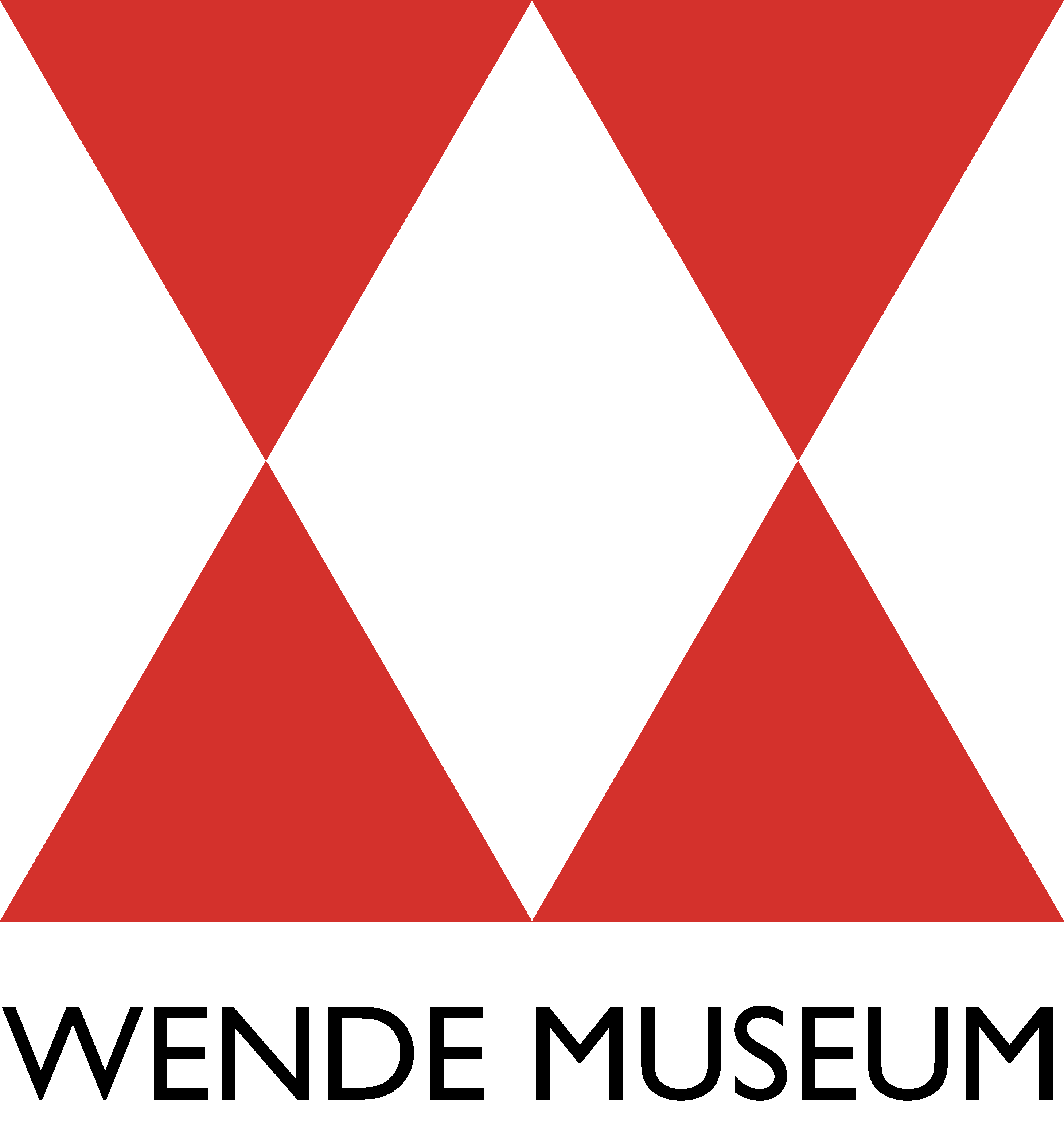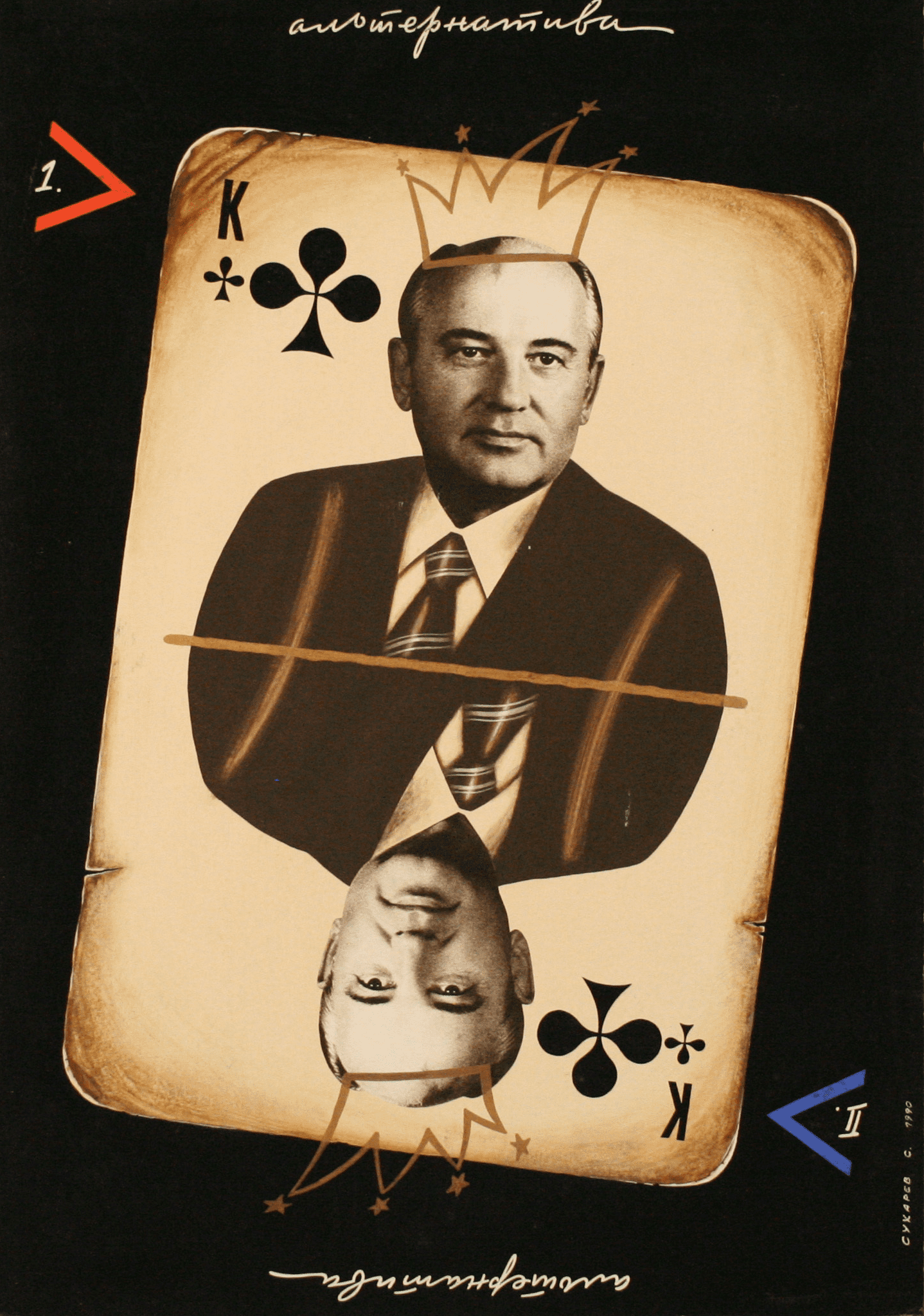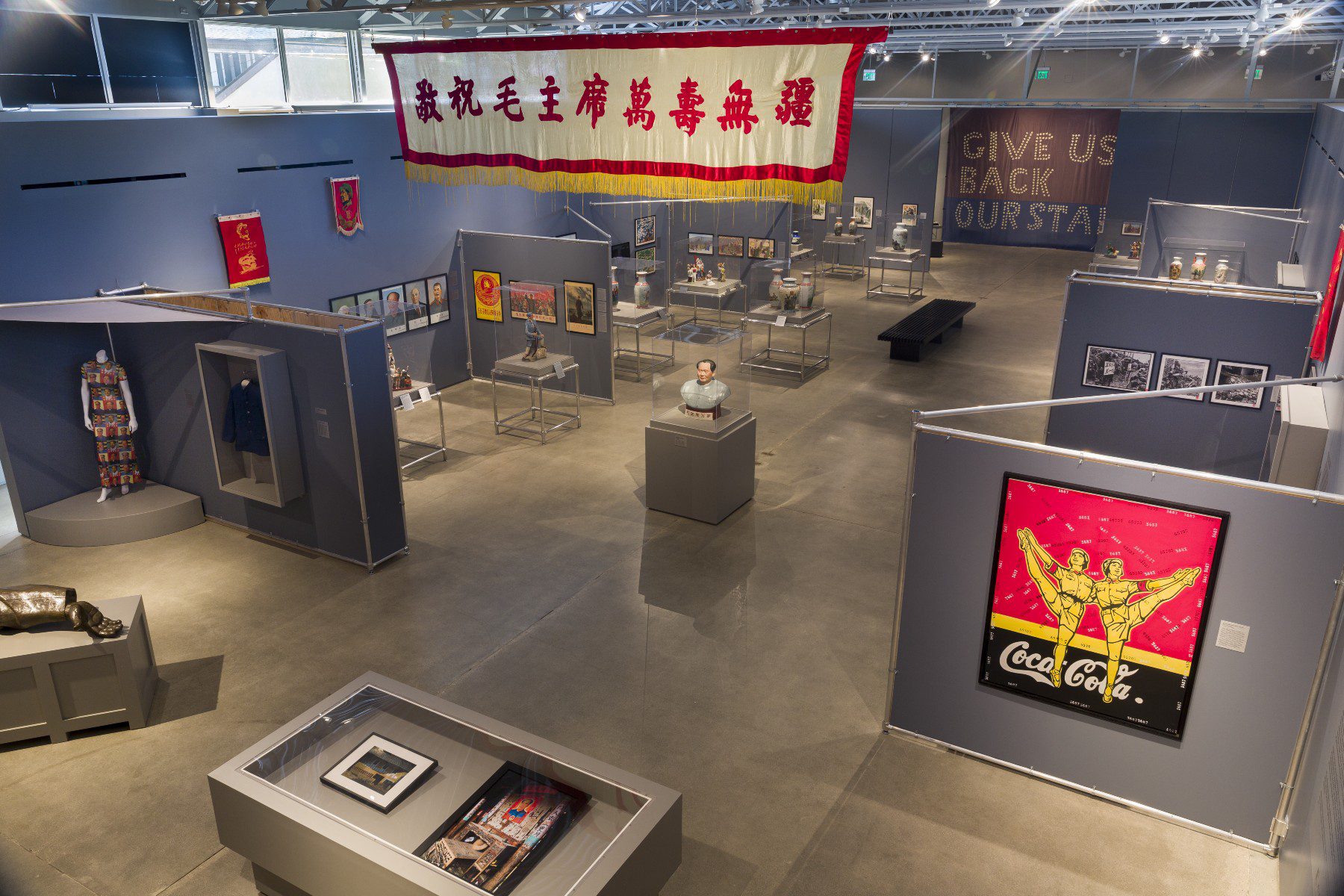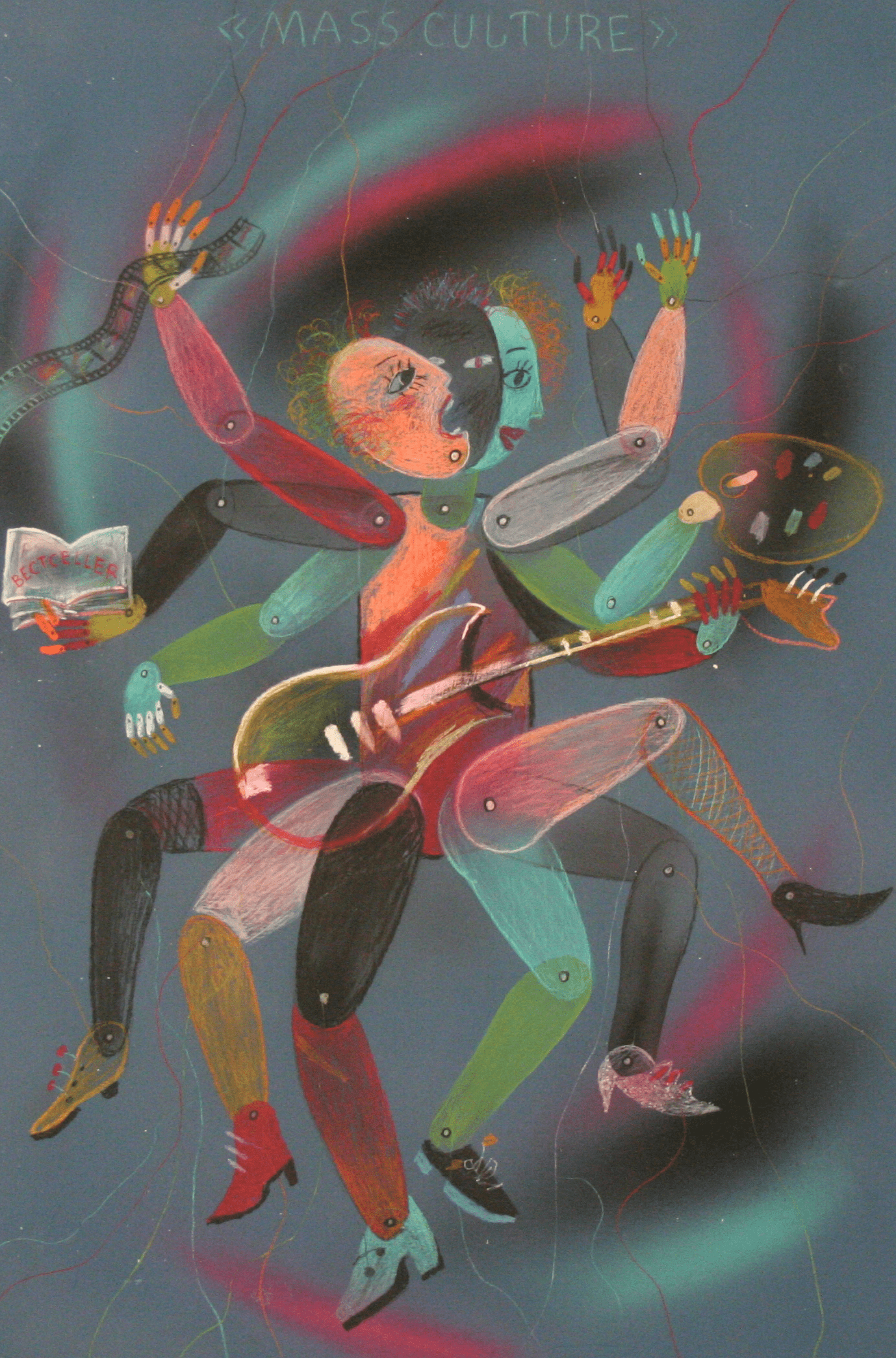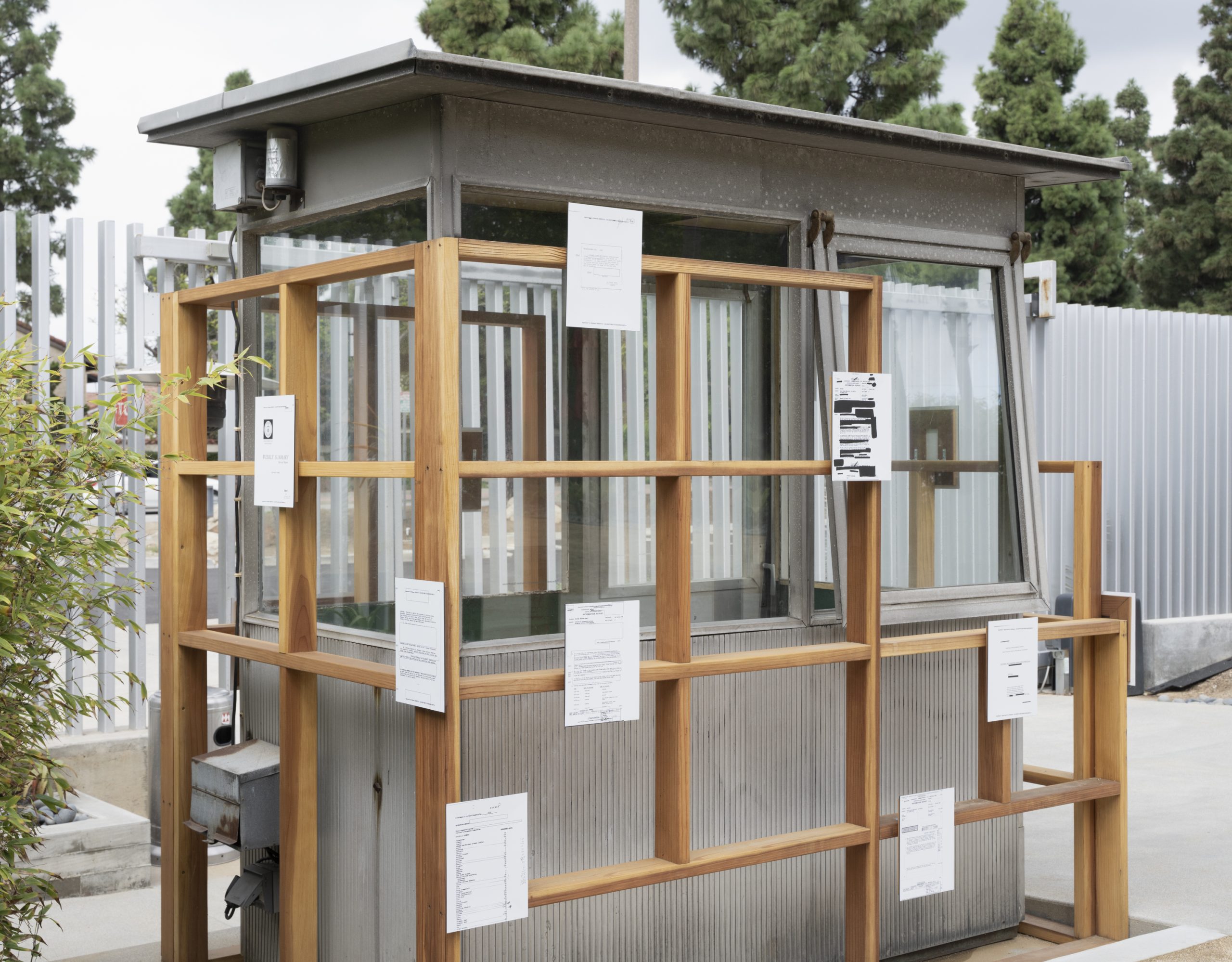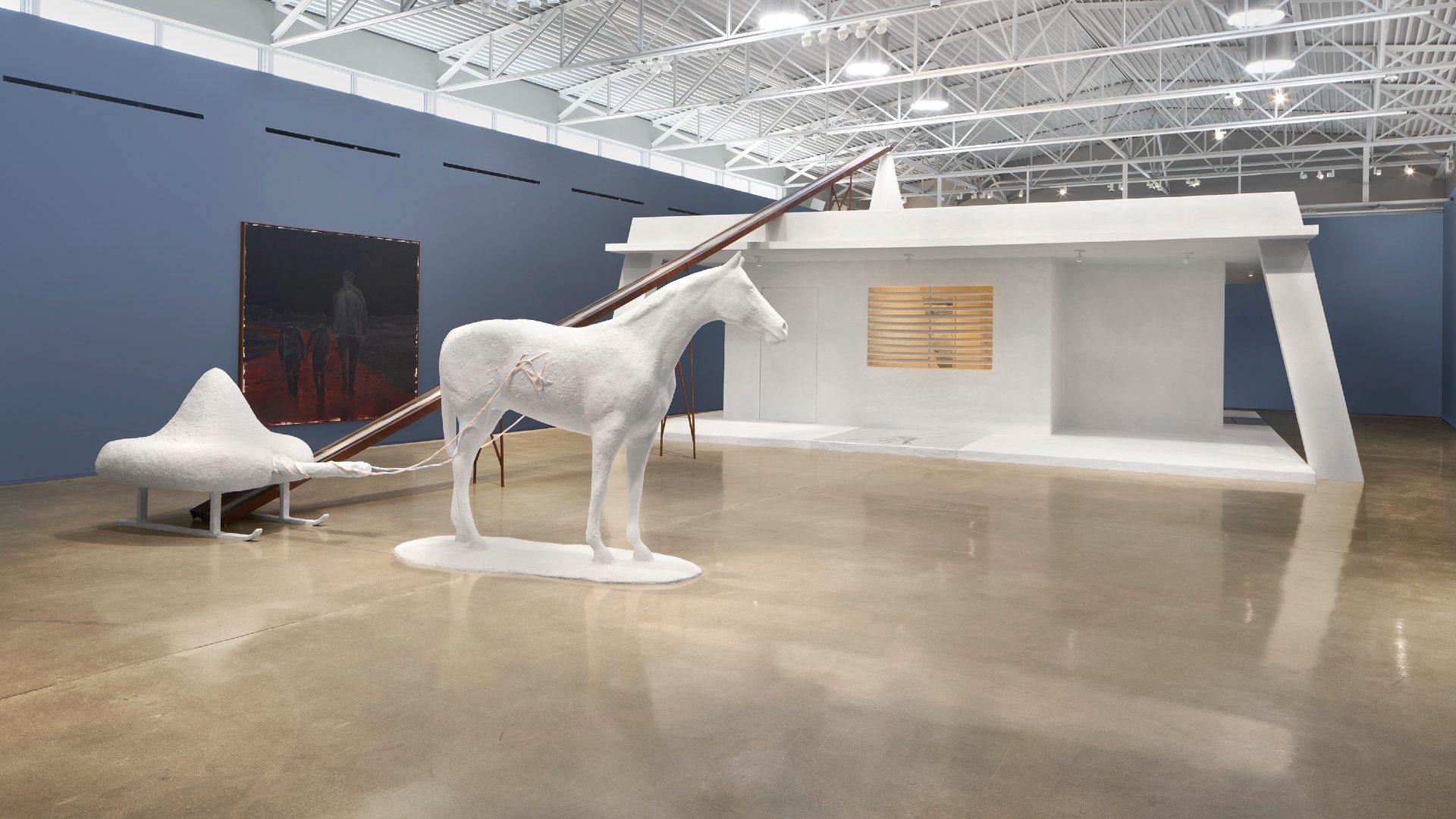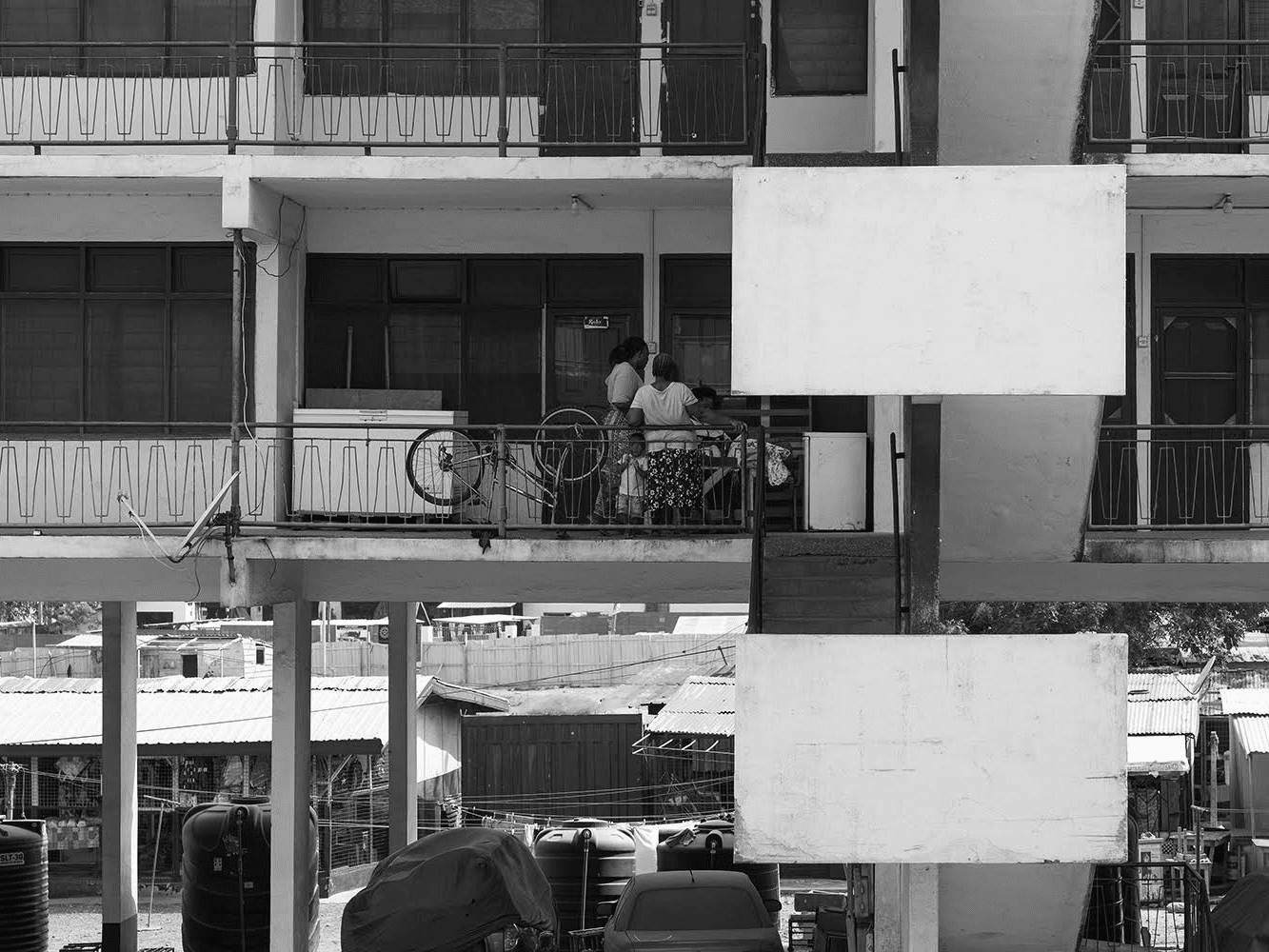Felix Quintana: Donde Nace El Agua (Where The Water is Born)
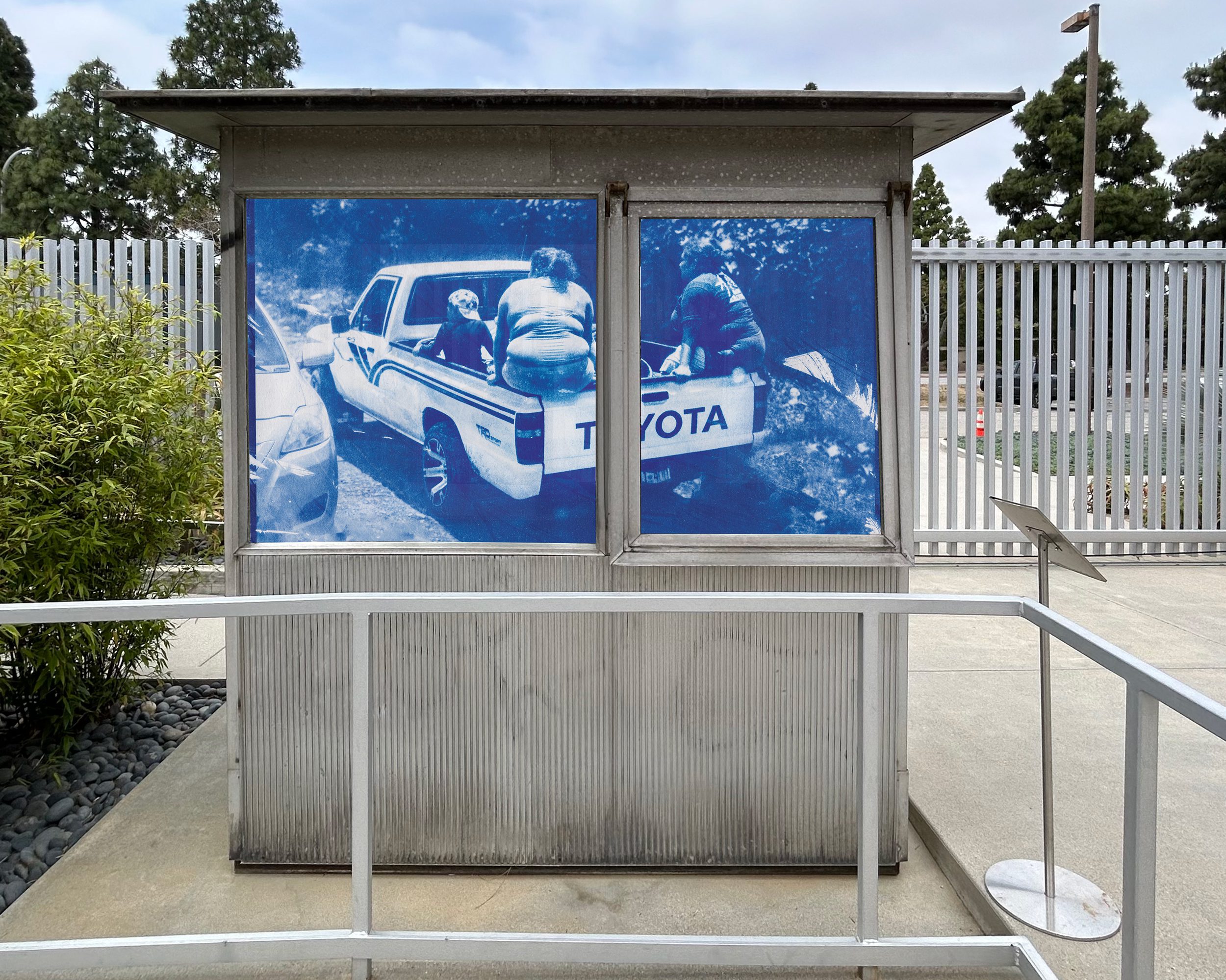
Felix Quintana, Donde Nace El Agua (Where The Water is Born), 2024, digital sketch of installation; Courtesy of the artist
Donde Nace El Agua (Where The Water is Born) by artist Felix Quintana transforms the Wende Museum’s former East German guardhouse into an artwork that explores the artist’s motherland in western El Salvador. Donde Nace El Agua (Where The Water Is Born) is a reference to Hacienda La Labor, a small rural community and former coffee plantation located in the Ahuachapan department, situated near the Guatemala border. In La Labor, you will find a natural spring, locally known as el tanque (the tank), that provides water for over 500 families to drink, bathe, and wash clothes, and functions as a place to gather every day. In recent years, the water supply has been severely at-risk due to nearby real estate development and resource extraction – a microcosm of rapid change happening across El Salvador.
Quintana’s work explores place, identity, and time through a multidisciplinary photography practice, remixing various photographic imagery. The guardhouse’s exterior windows are transformed into portals of lush landscapes and collage portraits of La Labor’s community members, drawing from a range of crowd-sourced social media images curated from Meta platforms, surveillance imagery from Google Street View, documentary photographs, and the artist’s family archives and ephemera. Quintana’s maternal family has lived and worked on this land for generations before migrating to Los Angeles in the 1980s, fleeing the country’s Civil War. The artwork incorporates cyanotype printing, an idiosyncratic 19th-century photographic process, as well as digital photography, drawing, and text. Quintana’s work opens a dialogue surrounding issues of water rights, land, migration, and local community organizing against development, resource extraction, and surveillance. It is also a vignette of El Salvador, using art and photography as a tool to collapse time and space, as an opportunity to undo borders and to celebrate family and community.
